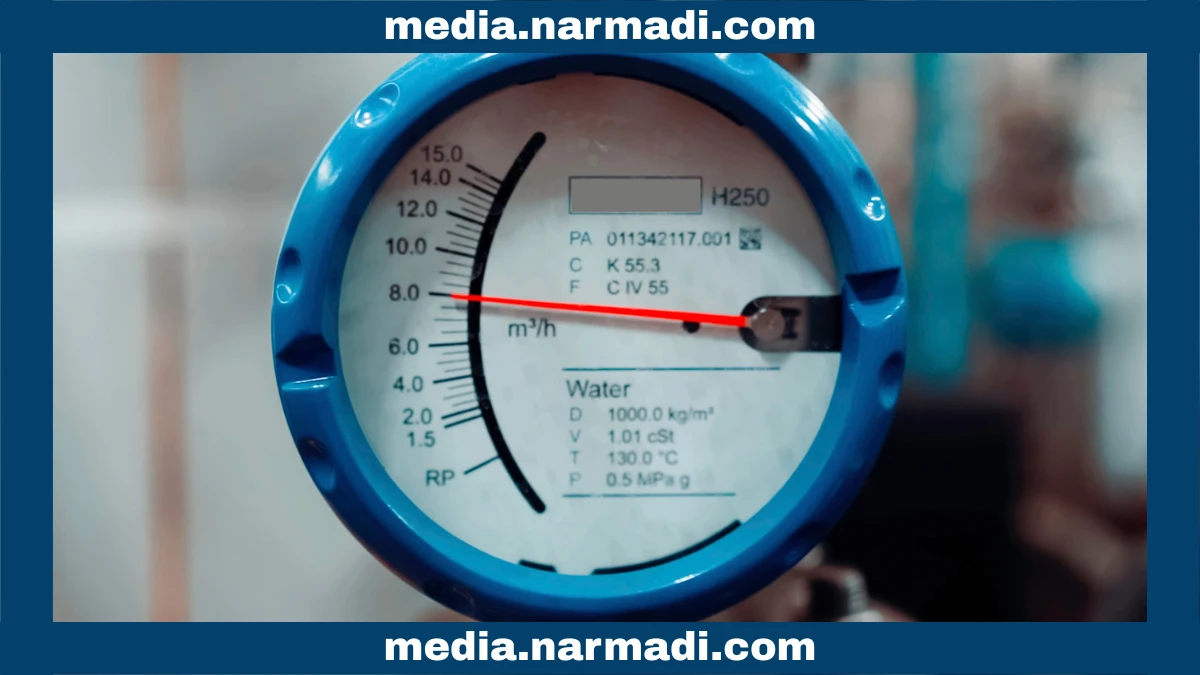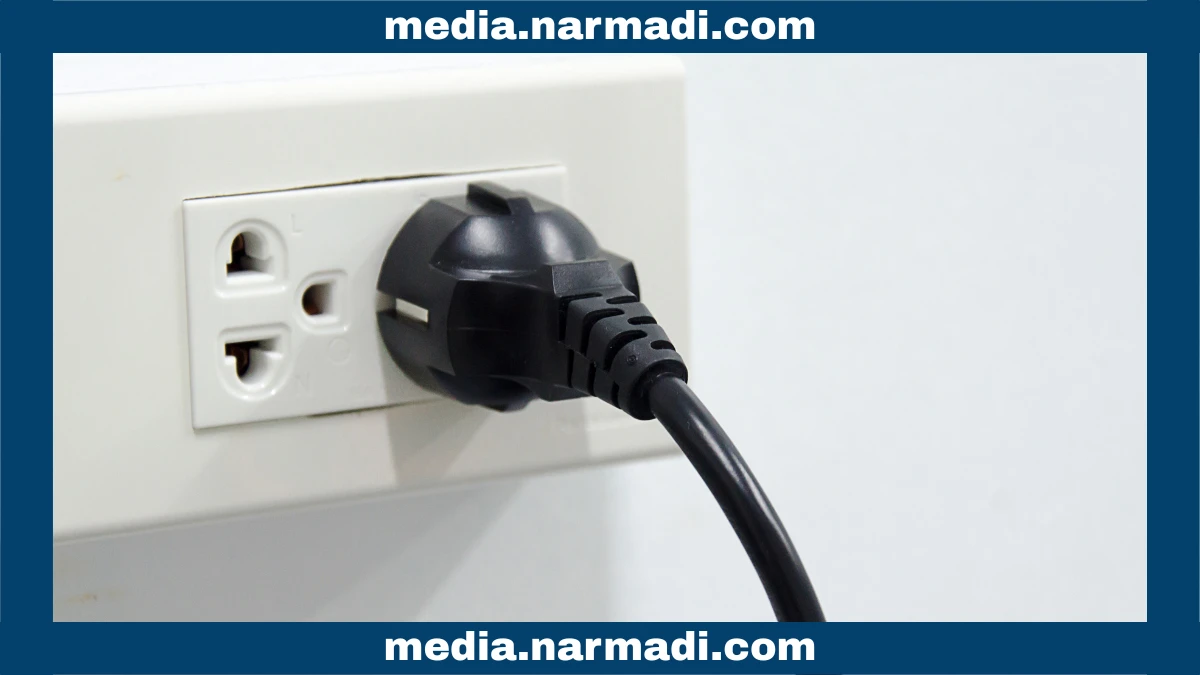An electromagnetic flowmeter helps you to measure fluid flow in piping systems or open channels. However, the advantages and disadvantages of electromagnetic flowmeter cannot be easily separated, even though the benefits are clear.
The advantages and disadvantages of electromagnetic flowmeters include being suitable for various liquids, being durable, relatively expensive, and difficult to install, which may be factors to consider when deciding whether to use this device.
This article will inform you about some of the advantages and disadvantages electromagnetic that you can consider.
The Advantages and Disadvantages of Electromagnetic Flowmeter

Like other electronic devices, electromagnetic flowmeters have several advantages that can be utilized and disadvantages that need to be considered. The advantages include high accuracy, being not affected by flow conditions, and ease of integration.
On the other hand, the disadvantages of an electromagnetic flowmeter include requiring a power source, being limited only to conductive liquids, and flow speed limitations. The following are the advantages and disadvantages of smart electromagnetic flowmeters:
The Advantages of the Electromagnetic Flowmeter
Here are the advantages of the electromagnetic flowmeter:
High accuracy

An electromagnetic flowmeter has high accuracy in measuring flow. This device is capable of measuring liquids under any conductivity conditions, even at low conductivity. It is important to perform regular maintenance and calibration to maintain its accuracy.
Suitable for various liquids
These flowmeters are widely used in various industrial sectors, such as water treatment, chemical, and mining. This is due to their ability to measure various types of conductive liquids. For example, water, chemicals, food liquids, and waste.
Not affected by flow conditions
Any flow conditions will not affect electronic flowmeters. Hence, flow conditions, such as density, viscosity, turbulence, or other flow conditions, will not affect the measurement results of this device. Of course, this capability also helps maintain high measurement accuracy. How to Maintain Electronic Transmission: Ensuring Accuracy and Safety While Driving
Durable
Not only is it capable of measuring accurately and suitable for various liquids, but the flowmeter is also known for its durability. The material of this device is designed to be strong and rust-resistant. It is indeed prepared to handle corrosive or abrasive liquids, such as acids, bases, or thick slurries.
Ease of integration
The latest models of electromagnetic flowmeters are equipped with Bluetooth connectivity. This feature allows the device to be connected to digital systems or industrial automation systems (IoT). This allows you to monitor it in real-time and perform more advanced data analysis remotely.
The Disadvantages of the Electromagnetic Flowmeter
Here are the disadvantages of the electromagnetic flowmeter:
Requires a power source

To create a magnetic field, electromagnetic flowmeters require an external power source. Therefore, they will not function optimally if they are not connected to a power source. This makes them less than ideal for remote locations without access to electricity.
Relatively expensive and difficult to install
Compared to other types, this type of flowmeter is relatively expensive. This is not only due to the installation process but also to maintenance. The installation process is also quite complicated and must be free from external magnetic fields.
Only for conductive liquids
Electromagnetic flowmeters can only measure liquids with sufficient electrical conductivity. Therefore, this device is not suitable for measuring gas, oil, or pure/demineralized water.
Flow speed limitations
Flow speed limitations are another drawback of this flowmeter. The limitation lies in its unsuitability for liquids flowing at very low speeds. This is because very low speeds can cause deviations in measurement accuracy.
Those are the advantages and disadvantages of electromagnetic flowmeters that need to be considered before deciding to use them. Despite their limitations, electromagnetic flowmeters offer high accuracy, being not affected by flow conditions, and are easy to integrate.